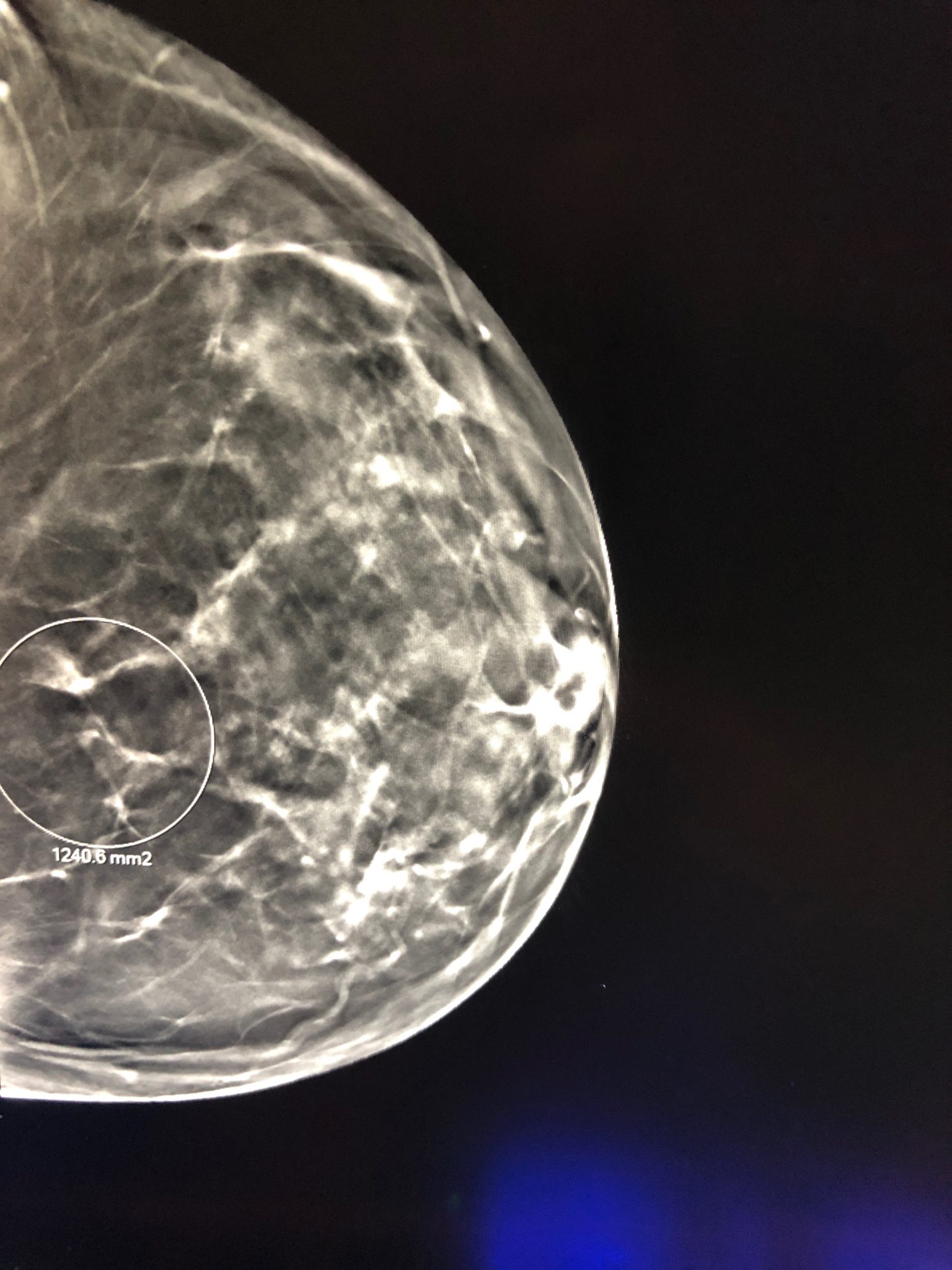
At some point, most of you have probably come across the adult abdominal series, most often used for abdominal pain. You will see these exams performed in most Emergency Departments throughout the country. Typically, it includes a supine and upright or decubitus view of the abdomen. At some institutions (like ours), it also consists of an upright chest x-ray. So, why do I want to bother discussing this imaging examination? It must have some issues, right? Well, of course!
So, what’s my beef with this exam? Well, I will go through all my issues with the study one by one. First of all, we will mull over the purpose of the imaging examination and its redundancies within the system. Then, we will discuss precisely who may be ordering the study and why that has repercussions for the expense and overutilization of patient care. And finally, I will go into detail on how the ordering clinician uses the information (if they do at all!). All these points will show why I have negative feelings about the abdominal x-ray series. And, by the time you are done reading this, I believe you will too (assuming you don’t already!)
The Lowly Abdominal Series: Is It Being Used As It Should?
It may seem that every time a patient walks through the door with the complaint of abdominal pain, he gets an abdominal/pelvic CT scan and an abdominal series. But, what is the point of getting an abdominal series if you already know that the patient is going to receive an abdominal CT scan for the same complaint? Can’t you get more information from a CT scan than an abdominal series? Well, the answer to that is clearly yes. That abdominal series becomes nothing more than redundant when you have already have a CT scan on the same patient.
Moreover, some clinicians say that they need it for triage. Well, in my experience, that is debatable as well. I can’t tell you how many times clinicians report that they will utilize the test to help them to determine if the patient needs a CT scan. But, if you think about that usage, it does not make sense as well. Why? Because the abdominal series is a notoriously insensitive and nonspecific test. I can think of gazillion times that I have seen a negative abdominal series in the setting of a rip-roaring positive abdominal/pelvic CT scan. Likewise, I see lots of positive tests that turned out to be nothing on the CT scan.
And, I have the data to back me up. Check this out. Here is a paper from the Radiology journal that gives the sensitivity of an abdominal series compared to a CT scan of 30%. Now, that statistic alone is pretty horrible. Translating that number into everyday English, it means that you will miss a positive abdominal diagnosis of about 70% of the time. Moreover, the specificity of a plain is around 56.5 percent. Or, that means that only just over about half the amount of time will the study give you the correct diagnosis. Not much of an improvement, huh? All this information begs the question, should we use this examination at all for triage for the complaint of general abdominal pain? Probably not!
Who Is Ordering This Study And Why It May Be A Problem
I don’t know about your ED, but at ours, ordering this study has almost become reflexive. As soon as the patient walks through the door, a “midlevel” orders the study. Very rarely is the abdominal series used as initially intended, as a triage tool. And, using the abdominal films for triage is also likely not of much value, with such low sensitivity and specificity. It will misguide as often as it will send you in the correct direction.
So, why do clinicians utilize the study? I have a theory that it is no more than a crutch of tradition. It’s something that some clinicians hang onto because it was the test of choice in the past. And, the less you know, the more you cling onto things. Unfortunately, that leaves the less informed and educated staff to continue ordering the study.
And it is not a “benign test.” There is a significant radiation dose that accompanies it. Check out the list of radiation doses on this RSNA sponsored informational site. Each clinician needs to think about every test they order before they do so. I have a feeling that is not happening!
Does It Help Managing Patient Care?
And, then finally, what happens when the clinicians receive the report from the lowly abdominal series? Is that information used? Well, I hope not! If you buy the previous studies, you will miss most diagnoses if you use it without a CT scan. Given the sensitivity and specificity, I believe the exam more likely increases the expense of healthcare because of false negatives and positives. The abdominal series is a prime example of a test that may cause the caring physician to order more tests than otherwise needed.
Abdominal Series For Abdominal Pain: Is It Like Reading Tea Leaves?
Based on the preponderance of evidence here, I believe it is probably not the best usage of our health care dollars. Sure, it is a quick and easy test. But, quick and easy does not imply cost-effective and useful for patient care. We need to reconsider the use of this unhelpful exam, especially for the general complaint of abdominal pain. It does no more than lead our clinicians astray and increase the costs of health care for you and me.








